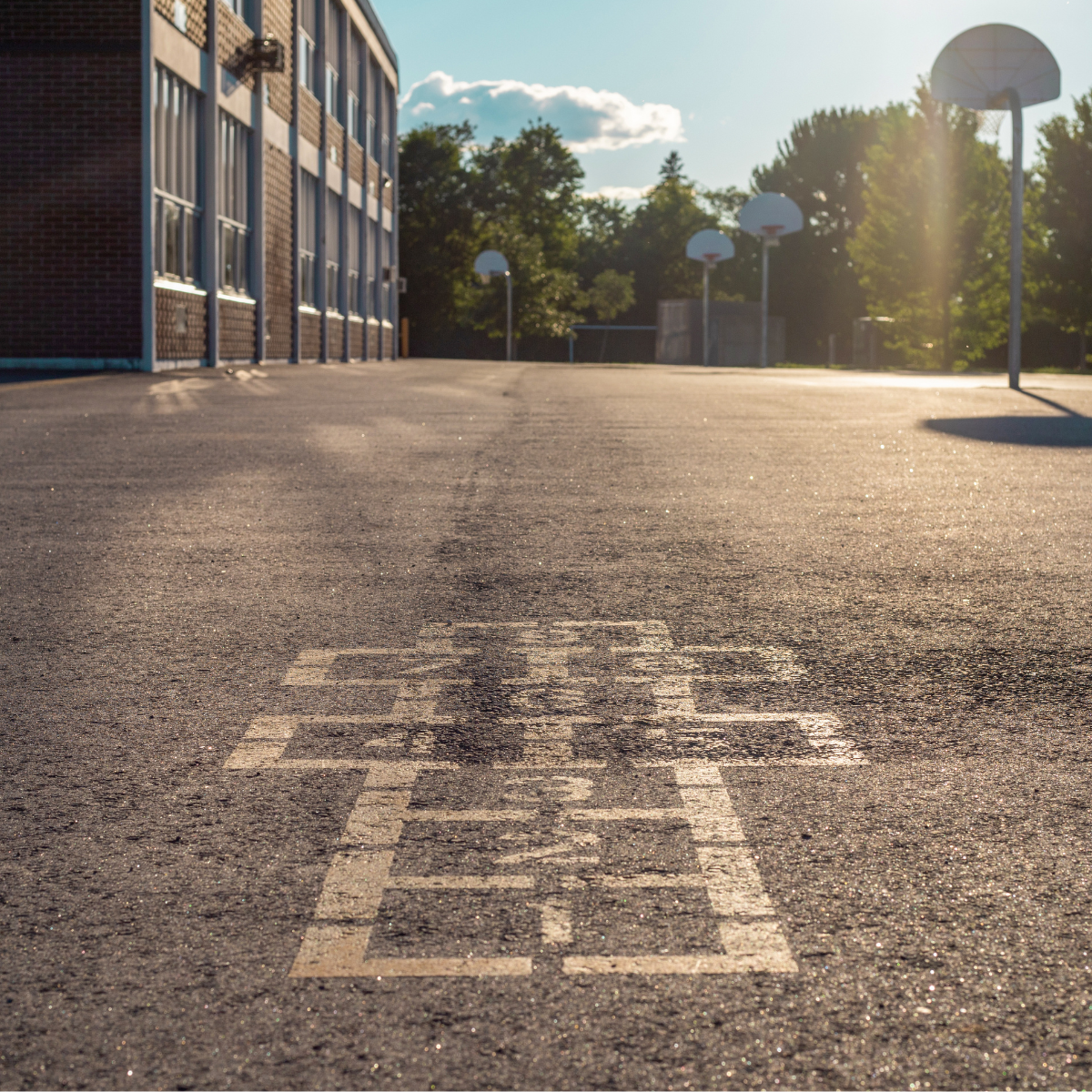 Jan 30th, 2023
Jan 30th, 2023School District Responsibilities when Considering Residential Placement
Now that schools, staff and students have emerged from the pandemic-related isolation, many schools are seeing a dramatic increase in severe behavior in students, especially special education students. As a result, more Committees on Special Education are facing the possibility of residential placement of a disabled student. In considering making a residential placement, there are several issues the district and CSE need to consider.
A residential placement is one of the most restrictive placements for a CSE student. For a student to be eligible for residential placement by the school district CSE, the school must be unable to provide a free appropriate education, meaning that the student is not making progress in their current placement, AND must be having similar issues in the home environment. In other words, the student must need 24/7 care to make progress on the IEP. To make this determination, the CSE needs to have attempted a full range of appropriate academic and behavior supports prior to making the determination for residential placement. The district should verify that the student's evaluations are up-to-date and the student has been evaluated in all areas of suspected disability. If a student is being placed for behavioral reasons, the BIP should be up-to-date and have been implemented and the data collected should show little progress. It is difficult to support a residential placement if the district has not implemented the full range of appropriate supports.
Parents often have strong feelings regarding placing their child residentially. However, the obligation the district has under IDEA is primarily to the student. The free appropriate public education must be offered to the student. The aid of the IEP is to enable the child to make progress toward pursuing academic and functional advancement. See §§ 1414 (d) (1) (A) (i) (I) -(IV). The Supreme Court, in Endrew F. ex rel. Joseph F. v. Douglas Cnty. Sch. Dist. RE-1, 580 U.S. 386, 137 S. Ct. 988, 999, 197 L. Ed. 2d 335 (2017) stated: That the progress contemplated by the IEP must be appropriate in light of the child's circumstances should come as no surprise. A focus on the particular child is at the core of the IDEA. The instruction offered must be ‘specially designed’ to meet a child's ‘unique needs’ through an ‘[i]ndividualized education program.’ §§ 1401(29), (14).
In some situations, this means that the only way a student will make progress is if the student is placed into a residential school for a period of time. Once the decision is made to seek residential placement, the District’s should be pulling the list of approved instate residential schools from the NYSED website. It can be found here. Applications should initially be sent to at least 10 in-state approved schools. Parent consent to disclose personally identifiable information should be obtained.
Finally, 8 NYCRR § 200.4 (d) (3) (b) requires the CSE to request, in writing, designees of the appropriate county or State agency to participate in any proceeding of the committee to make recommendations concerning the appropriateness of residential placement and other programs and placement alternatively including but not limited to community support services that may be available to the family.
It is only after all these criteria have been met and the district has obtained consent to admit the student from a residential school, that the CSE may actually meet to place the student in the facility and develop the residential IEP. A representative of the district must be present at that CSE meeting for the placement to be valid.
If you are looking to place a student in a residential placement, Wendy DeWind would be happy discuss the matter with you.




